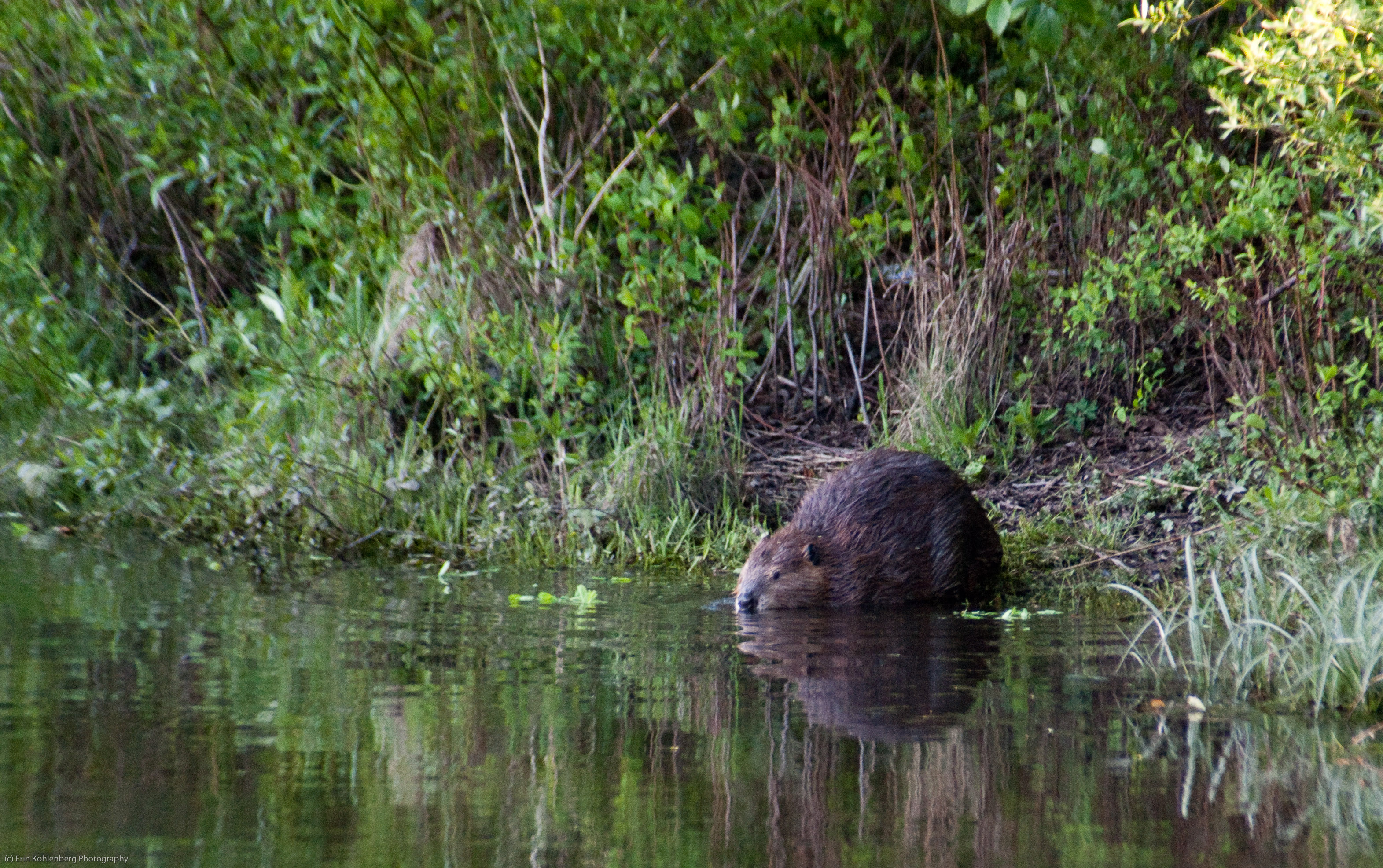Author Ben Goldfarb Discusses The History Of Beavers In New England
When Europeans first came to North America, there were around 400 million beavers around the continent. By 1900, thanks to the fur trapping industry, that population was down to 100,000. As beavers disappeared, the landscape of North America changed dramatically, and, arguably, for the worse.
Ben Goldfarb tracks the environmental effect that beavers have on the world around them, as well as their unique history, in his new book, Eager: The Surprising, Secret Life of Beavers and Why They Matter. He joined John Dankosky to tell us all about the animals and why we should prioritize beaver restoration as a key to creating healthy ecosystems.
Interview Highlights
John Dankosky: Why are beavers so important to the ecosystems they’re in?
Ben Goldfarb: Of course the fundamental beaver behavior, the thing we all know, is they build dams. And those dams store huge amounts of water, they create ponds and wetlands, and historically that’s what many many streams on this continent looked like, like a series of beaver ponds.
The crystalline, clear, free-flowing, narrow, shallow stream, that we think of today, kind of the prototypical babbling brook, really wasn’t the rule in many places. Streams were much messier, filled with dead wood and decaying organic matter and silt, instead of free-flowing streams we had these chains of ponds and wetlands in many places and that was really the handiwork of beavers, they created an entirely different ecosystem than the one that we’re accustomed to today when their populations are much reduced.
Talk about the history of beavers in New England and how they shaped the landscape that we have around here.
New England was the place where the fur trade began, the first European colonists arrived here and beavers were integral first to their economies, the pilgrims the first colonists owed money to their creditors back in Europe and one of the few ways they could repay those debts is by shipping beaver pelts back to the old world. So beavers really made the Massachusetts Bay Colony and the Plymouth Colony possible. As those beavers got trapped out their dams were no longer maintained and the dams began to break down and all these ponds began draining out to the ocean and what was left behind was this rich layer of organic matter these nice flat, tree-less, incredibly fertile footprints left behind by these derelict beaver ponds that had gone dry. And that was really some of the best farmland in the New World, that was incredibly rich, fertile soil in a region that’s generally pretty rocky and infertile, so beavers really helped make agriculture possible in the new world as well.
We talk about these large numbers and then they’re wiped out very quickly because of human consumption. How exactly do we bring them back? How do they return?
In the early 1900’s we began to recognize that beavers were actually these hugely important animals plus trappers wanted to hunt them again, they’d lost an important source of pelts and income. As a series of beaver re-location projects began around the country. And in New England, where beavers had been trapped out, the primary source was New York. In New York, in 1904 the legislature passed this resolution basically calling for beaver re-introduction.
The problem then was that there was really no beavers to find, we were at the beaver population nadir, it was hard to find a beaver at that point in history so these New York state biologists went down to St. Louis for the Louisiana Purchase Centennial, it was this big exposition celebrating the 100th anniversary of the Louisiana Purchase. And from there they bought seven live beavers from the Canadian delegation and they took those beavers back up to New York, got a few from Yellowstone, and relocated about 20 beavers in 1904 and 1905 to the waters of New York.
By 1915 just 11 years later, that population had exploded to 15,000 beavers from a seed population of 20 or so plus a few beavers who were there already. So later that decade and in the 1920s those beavers began to disperse out of New York, crossing state lines entering Massachusetts, Connecticut, and Vermont. There were a few introductions as well in New England. But a lot of the beavers we have in the Northeast are decedents from that New York State population.
How are beavers doing in our region today? Are they as big a population as when the colonists first came here and started trapping and killing them?
No, they’re not quite that big but they’re doing pretty well. The issue now is that we’ve developed so much habitat, we’ve drained so many wetlands, we’ve paved over so many floodplains and occupied former beaver habitat. There’s no way that beavers will ever return to their former abundance in the New England. But their populations are pretty robust in most of the region. Most of MA is close to biological carrying capacity, most of the good habitats are occupied at this point. Which is fantastic.
I think New England is a great beaver success story, we have a lot of water here unlike the West where beaver populations are still pretty low, so we’re closer to full occupancy but there are still lots of places where beavers again are just reflexively trapped out whenever they cause a problem. I think that there are opportunities to get beavers back in some streams and wetlands in close proximity to humans, there are ways of addressing these problems and helping beavers out still more in New England.
Read an Excerpt of Eager: The Surprising, Secret Life of Beavers and Why They Matter
This is an edited interview from the August 2, 2018 episode of NEXT. You can listen to the entire show right now. Find out when NEXT airs throughout all of New England.




